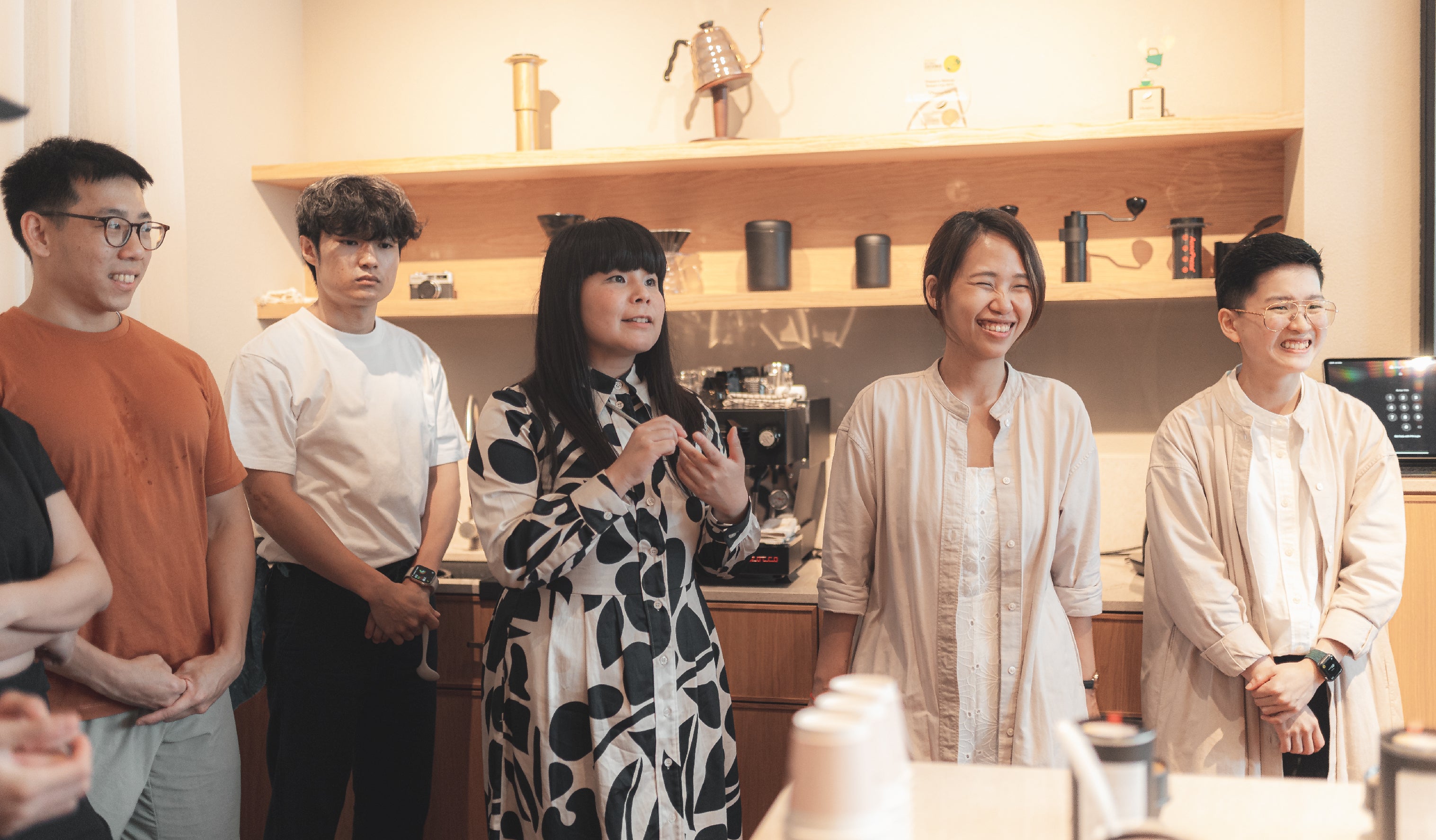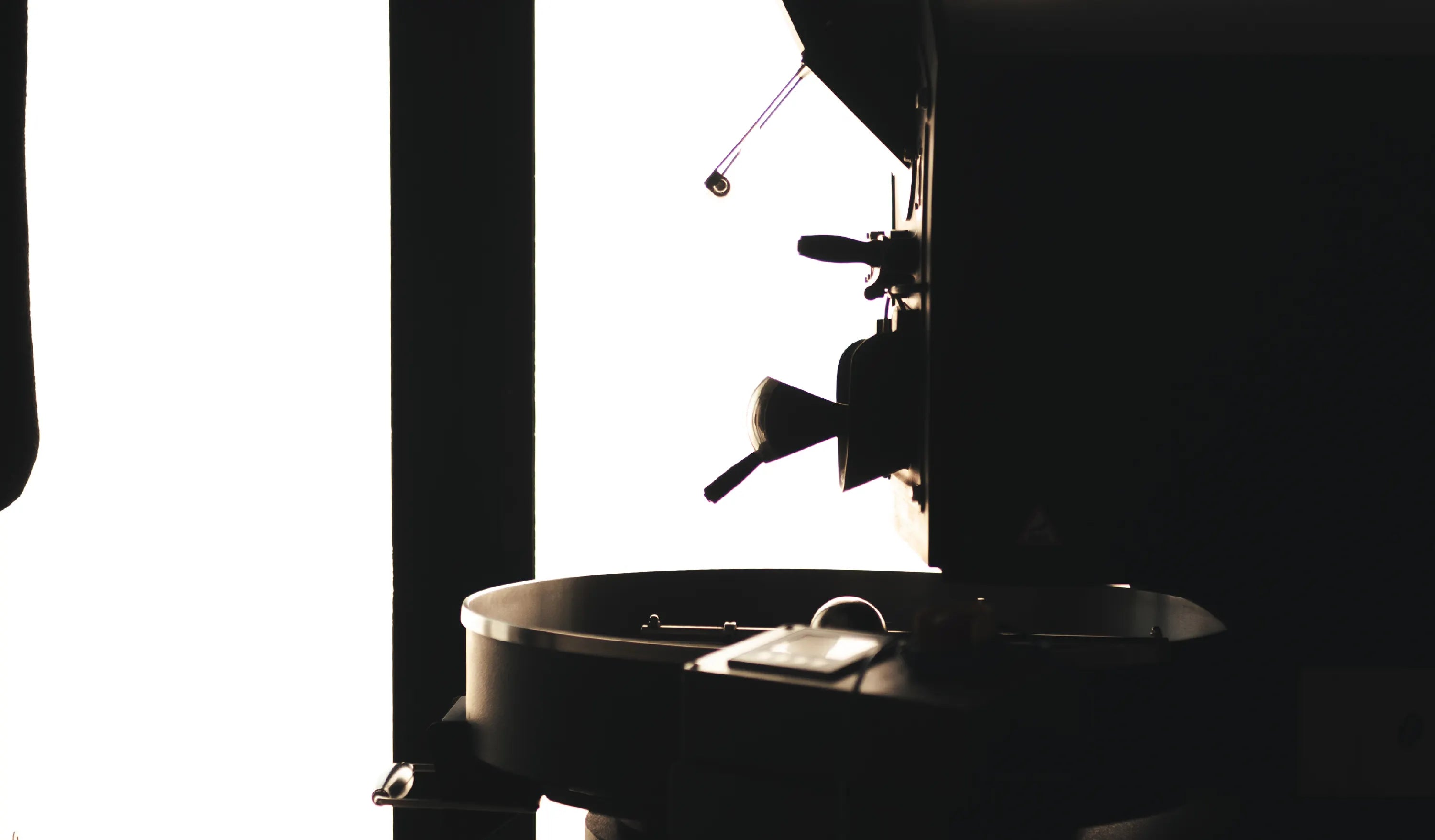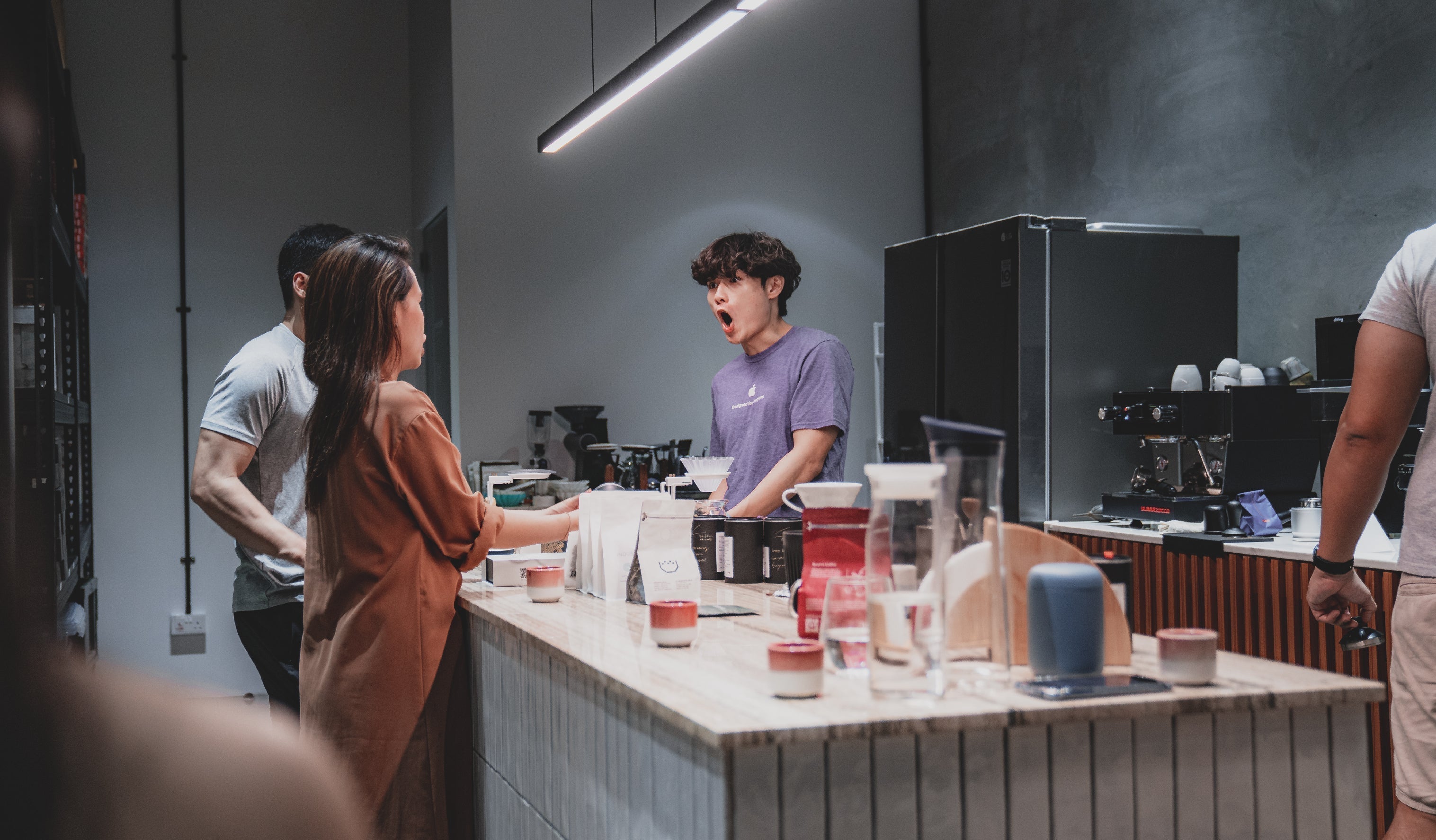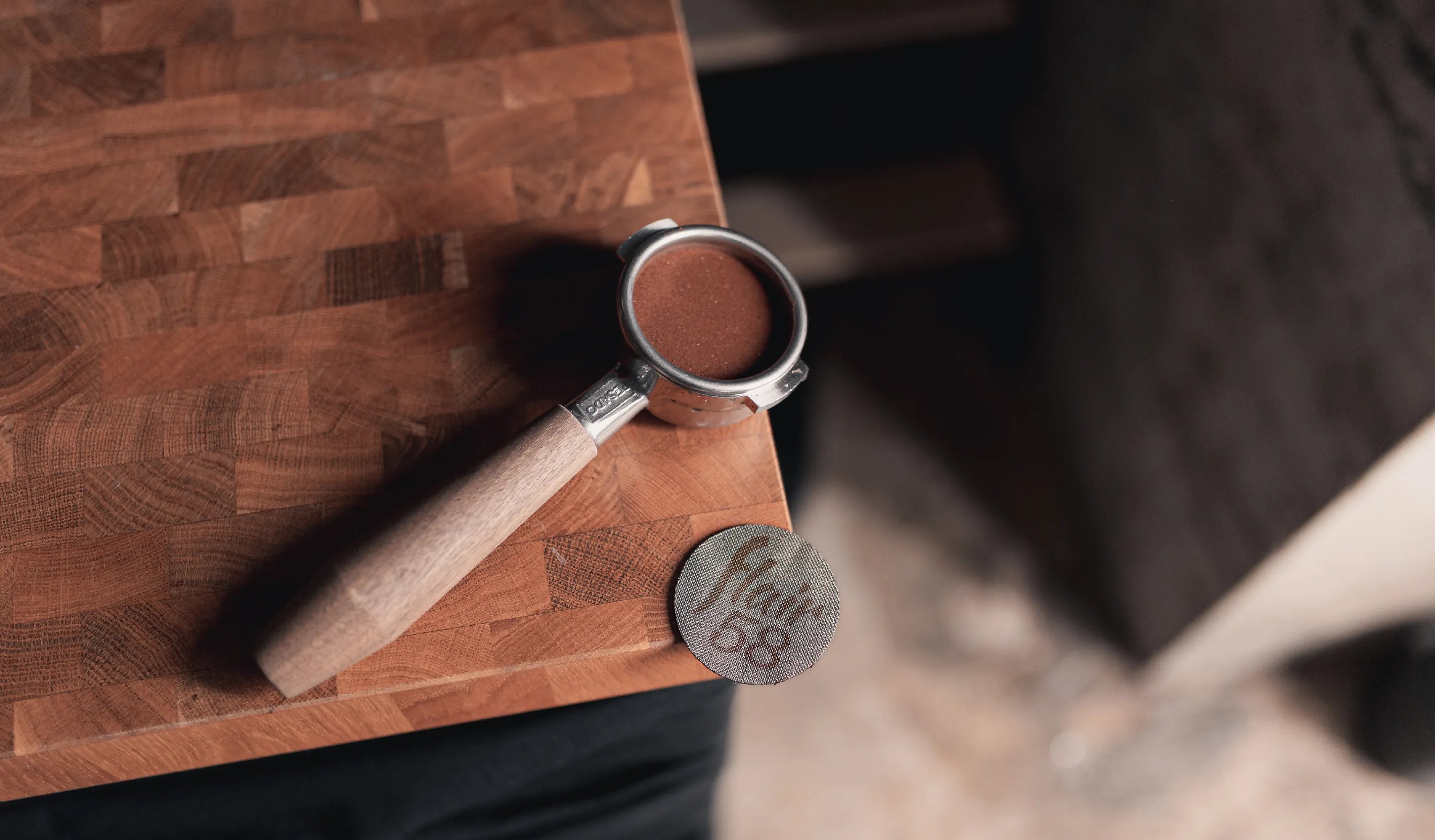Each year, a massive amount (about 10.5b kilograms) of coffee is produced globally. Yet, only a small portion of these coffees go on to become the specialty coffee that we enjoy at our local specialty coffee roasters.
For a coffee to be classified as specialty coffee, there are certain strict controls, defined by the Specialty Coffee Association, that must be met to ensure the quality of specialty coffee as a whole. From the very onset after processing, green coffees are graded via a processing of visual inspection and cupping.
Visual inspections are used to identify defects in a batch of green coffee, split into two separate categories of Primary and Secondary defects. In order for a coffee to qualify as ‘specialty’ grade, a 350g sample of green coffee should have no Primary defects, and less than five Secondary defects.
Through cupping, qualified Q-graders score coffees out of a scale of 100 – a minimum score of 60 qualifies a coffee to be ‘commodity’ grade, and 80 in order to be considered ‘specialty’ grade.
When both requirements are fulfilled, a coffee can then be classified as specialty coffee. The impact of this is tremendous – when comparing Arabica coffee prices of the same origin, specialty coffees can easily fetch more than two times the Freight-On-Board (FOB) price of the coffees traded on the commodity market (also known as the C-market). And often, from this FOB price, the true amount that coffee producers obtain can be even lesser than that, with up to 40% being spent on in-country expenses!
For producers that rely on coffee production as the main source of income, this fine line between a crop scoring above or below 80 may make a whole world of difference to their lives.
Becoming Specialty
It is a fact that specialty coffee will definitely fetch a higher price on the market. Yet, the move to produce coffee that would qualify as ‘specialty’ grade is a far longer one than it seems.
Terroir alone, and coffee varietals alone, are insufficient to bring a coffee producer’s crop to specialty grade – it requires a certain amount of investment and application of good coffee production methods and processes to produce ‘specialty’ graded coffees.
It starts from positive farming practices such as shade growing, training coffee pickers to selectively pick coffee cherries at their ripest, knowledge and experience in coffee processing methods to improve the quality in an existing coffee farm. For many producers operating in highly complex supply chains, the distance from the end consumer and the lack of capital often mean that they elect to continue the same practices year after year, unaware of the market prices paid for coffees of higher quality.
In a world where we strive for fairness for all stakeholders in the coffee chain, the increased prices we pay for selected specialty coffee through direct trade or a more traceable supply chain go some ways in changing the fundamental way the market rewards coffee producers, to perhaps incentivise producers to place importance on the quality of one’s coffee production as well.
Journal Archive

Milk in World Barista Competitions
An overview of milk concentration methods in coffee competition, focusing on freezing techniques that enhance milk's qualities for great coffee beverages.

How Coffee Cup Colours Affect Your Drinking Experience
Cross-modal perception of colours on the taste of coffee

Learning to enjoy more

Same Coffees Everywhere, All at Once
Why do local specialty coffee shops serve the same coffees?

A study of unexpected coffee production nations

A low down on using puck screens for espresso machines


